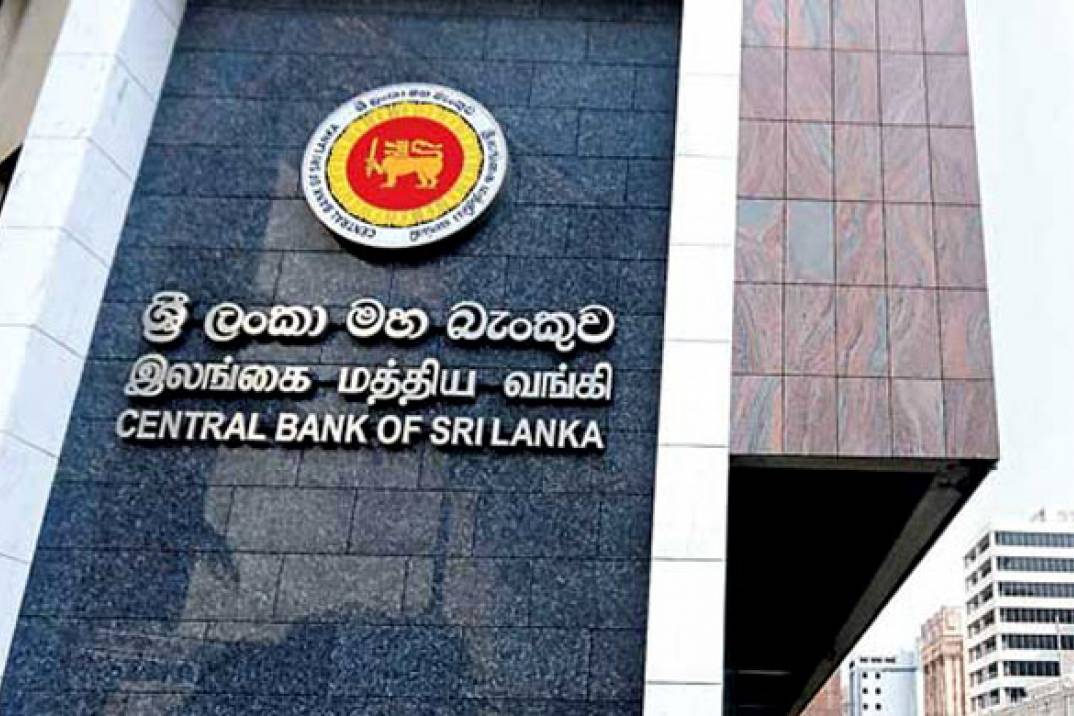The Central Bank of Sri Lanka has taken a number of measures over the past eleven months to ease monetary policy and monetary conditions in view of decelerating growth of credit and monetary aggregates and subdued economic growth, amidst well anchored inflation expectations.
Amongst these measures, the reduction in the Statutory Reserve Ratio (SRR) by 2.50 percentage points in two steps has enabled licensed commercial banks (LCBs) to invest additional funds amounting to around Rs. 150 billion in revenue generating activities
The reduction in SRR has also improved rupee liquidity in the domestic money market, while a further reduction in money market interest rates has been effected by reducing policy interest rates by 100 basis points in two steps in May and August 2019, CB claimed.
The imposition of caps on deposit interest rates of licensed banks in April 2019, which was subsequently removed in September 2019, was aimed at limiting unhealthy competition in deposit mobilisation amongst banks and assisting them to reduce lending interest rates.
This temporary cap imposed in consultation with banks helped reduce the Average Weighted New Deposit Rate (AWNDR) by 284 basis points within four months since end April 2019.
However, in spite of continued deliberations with banks, most market lending interest rates have been downward rigid, unlike deposit interest rates as well as rates on short term funds and government securities.
The Central Bank does not expect a material change in interest margins of the banking system arising from the imposition of caps on lending rates, holding other factors constant.
(LI)

